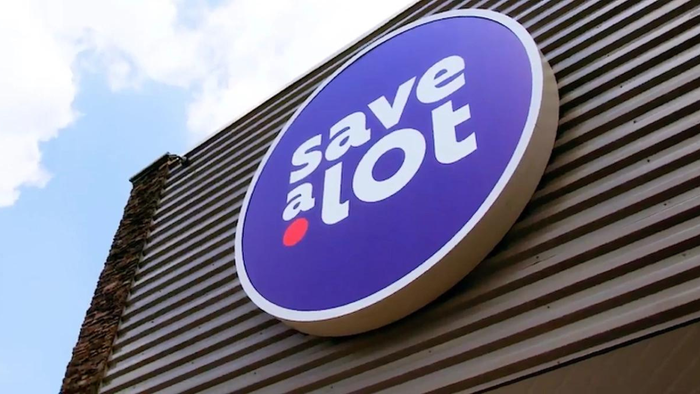Food Forum: Capturing the “superuser"
January 1, 2018
Attracting and retaining health-conscious consumers can be extremely lucrative for grocers. By David Garfield, AlixPartners For a large portion of consumers, a new year brings about a resolution to lose weight by eating healthier. Like anything else in life, there are those who dabble at eating healthier and those who truly make a commitment to this lifestyle. We call the latter “superusers.” Superusers are those who spend more than 40% of their food and beverage budget on health- and wellness-related products. Overall, they account for 61% of all spending in that lucrative sector, or more than $161 billion annually. That is according to our Eat Well, Drink Well: Capturing the Health and Wellness Superuser in the Food and Beverage Sector study. Winning over these consumers, however, is extremely challenging, as they display a widely varying willingness to pay more for some product attributes considered “healthy” versus others, and are often confused by product claims and labeling. These health-cognizant shoppers spend more on fresh products than do other consumers. Specifically, our study found that, on average, they allocate more than four times as much of their monthly health- and wellness-related expenditures on fresh fruits and vegetables ($81.93 vs. $19.12), more than three-and-a-half times as much on fresh meat and seafood ($56.01 vs. $15.58) and more than five times as much on dairy products ($31.15 vs. $5.65). As with shoppers in general, superusers in our survey said they want products that are trans-fat-free and not genetically modified. They also said they are willing to pay a 10% premium for locally sourced products. Grocers and manufacturers alike may want to keep this in mind as well: 65% of respondents indicated that locally sourced products are “important” or “very important” to them. The situation is very different with gluten-free products—what many consumers see as a very “hot” topic right now. While 17% of superusers in our survey indicated that gluten-free characteristics are “important” or “very important” to them, only 2% say they are willing to pay greater than 10% more for gluten-free products. Product labels, important and confusing Consumers in our survey also demonstrated a great deal of confusion about product ingredients. For example, almost all (94%) said that vitamin B12 is “good for you,” but only 9% have the same view of cyanocobalamin, even though they are the same thing. The confusion is especially acute around organic and non-GMO products. Although genetically modified products have been front-page news many times in recent years and although 53% of those surveyed said “free of GMO ingredients” fits their definition of a natural product, almost a third were unable to accurately define the meaning of the term GMO. Preferred channels One might assume that super-health-conscious customers do most of their shopping at health food stores; our study says that is not the case. According to our survey, traditional grocery stores are capturing 43% of superusers’ spending, the highest percentage of any channel. In dollar terms, superuser respondents said they are spending $101.94 per month on health and wellness products at grocery stores, versus $39.37 at mass retailers, $38.51 at large health food stores and $29.04 at club stores. However, does that mean grocers can simply adhere to the status quo and that superuser dollars—and health-and-wellness dollars in general—will march in ever-greater amounts through their doors? Our study would suggest that retailers should not count on it, especially given the fickleness of today’s consumer and the fast-moving nature of today’s trends. Grocers and consumer products companies alike have what could be a game-changing opportunity with today’s growing interest in health and wellness. To take full advantage of this phenomenon, all players need to be very clear in their understanding of what these consumers really want and (most importantly) are willing to pay for, how exactly to win their attention and trust, and how best to get the products they want and will pay at the lowest internal costs possible. David Garfield is a managing director at the global business advisory firm AlixPartners, www.alixpartners.com, and leader of the firm’s Consumer Products Practice. He can be reached at [email protected].
About the Author
You May Also Like




